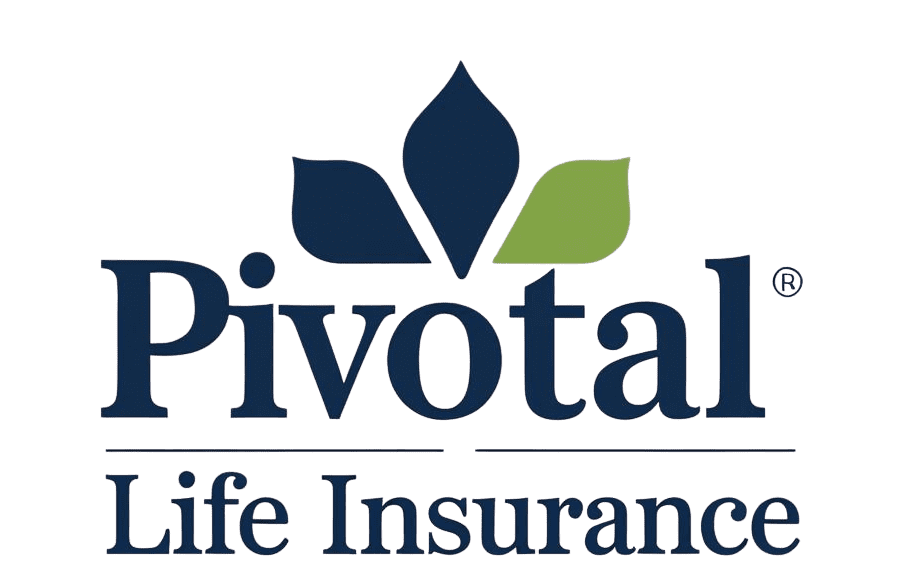Imagine paying for life insurance where your premiums are pooled with a small community of peers instead of a massive insurance company. That’s the essence of peer-to-peer life insurance, a model designed to make coverage more transparent, cost-effective, and community-driven. This article will explore how peer-to-peer term life insurance models operate, the benefits, the challenges, and what you should know before considering joining a P2P insurance group.
What Is Peer-to-Peer Life Insurance?
Peer-to-peer life insurance is a type of coverage where individuals contribute premiums to a shared pool. Instead of paying a large insurance company, members’ funds are used to pay claims for the group. Any remaining money at the end of the term may be returned to members or rolled over to future coverage periods.
Key points about P2P life insurance:
Members share risk directly instead of through a corporate insurer.
Transparency in how premiums are used.
Potential for lower costs compared to traditional life insurance.
Often paired with term life coverage, which protects for a set period.
How Peer-to-Peer Term Life Insurance Models Work
Peer-to-peer term life insurance models operate on clear, structured mechanisms:
Formation of a Pool: A group of policyholders with similar risk profiles forms a pool.
Contribution of Premiums: Each member pays a fixed premium into the shared pool.
Claims Process: If a member passes away, the claim is paid from the pool.
Excess Funds Distribution: If there are leftover funds at the end of the term, they may be refunded or credited toward future coverage.
Transparency and Governance: Pools often have oversight mechanisms or third-party administrators to maintain fairness and compliance.
This model emphasizes shared responsibility and community oversight, contrasting traditional insurance, where profits go to the company instead of policyholders.
Benefits of Peer-to-Peer Life Insurance
Cost Efficiency: Lower administrative costs and no large corporate profits.
Transparency: Members can see how funds are used.
Community Support: Encourages a sense of shared responsibility.
Potential Refunds: Excess funds are often returned, reducing overall cost.
Challenges and Considerations
While promising, P2P life insurance comes with potential drawbacks:
Limited Pool Size: Smaller pools may struggle with large claims.
Regulatory Complexity: Some regions have unclear laws regarding P2P insurance.
Risk of Underfunding: If multiple large claims occur simultaneously, funds may be insufficient.
Eligibility Requirements: Pools may only accept certain age groups or health profiles.
Real-World Examples
Some modern startups in Europe and the United States have launched P2P life insurance platforms, showing tangible benefits:
Lemonade uses AI to manage P2P insurance pools efficiently and refund unused premiums.
Friendsurance in Germany allows members to earn back unclaimed premiums annually, reducing long-term costs.
These examples demonstrate that P2P insurance can be a viable alternative, especially for younger, healthier policyholders who value transparency and fairness.
Practical Tips for Joining a P2P Insurance Pool
Evaluate Pool Size and Risk Management: Ensure the pool is large enough to handle claims.
Check Refund Policies: Understand how unclaimed funds are distributed.
Research the Platform: Verify legitimacy, regulatory compliance, and user reviews.
Compare with Traditional Insurance: Consider cost, coverage, and flexibility.
Ask About Claims Oversight: Make sure there is transparency in how claims are processed.
Common Questions About Peer-to-Peer Life Insurance
Is my money safe? Yes, but always verify that the P2P platform is regulated and has transparent policies.
Can I choose my coverage term? Most P2P term life insurance models allow flexible terms.
Do I get a refund if no claims occur? Many models offer partial refunds of unused premiums.
Who manages disputes? Platforms usually have administrators or AI-assisted systems to ensure fairness.
Key Takeaways
Peer-to-peer life insurance provides a transparent, cost-effective alternative to traditional coverage.
Term life models are the most common structure, offering fixed-term protection with pooled premiums.
Benefits include potential refunds, lower costs, and community support.
Challenges involve pool size, regulation, and risk of underfunding.
Real-world examples show that P2P insurance is gaining traction and trust.

